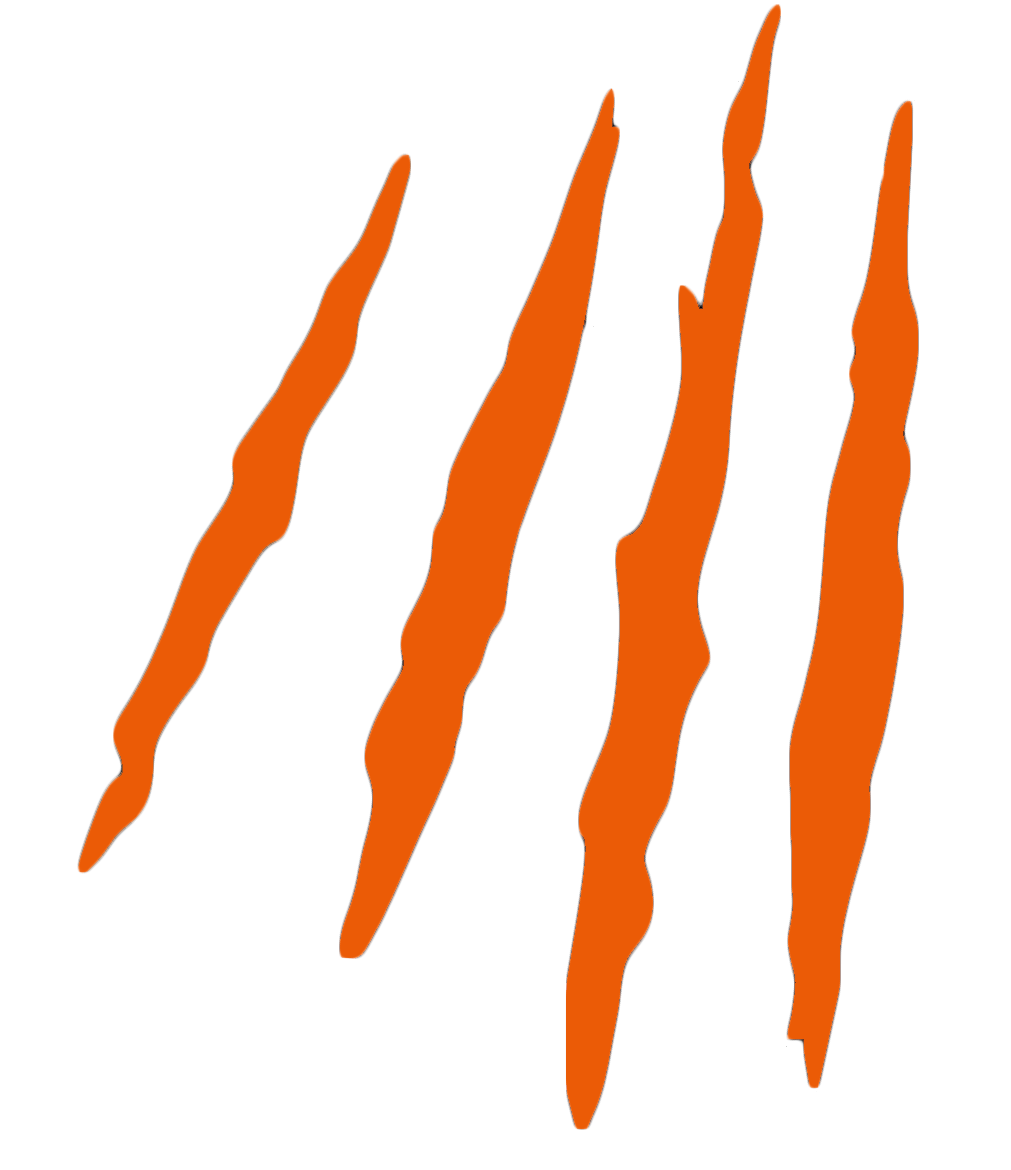Understanding How and When to use Calorie Surplus & Calorie Deficit?
We have heard the words boundered around, however understanding how and when to use a calorie Surplus or Deficit in your diet can make the difference between maximizing fat loss and better gaining lean muscle mass.
Calorie Surplus (Extra food in the diet)
An example of using a surplus is often seen in a diet for competitive strength athletes and bodybuilders as their fundamental purpose is to promote muscle growth and strength. A surplus can be used effectively when coupled with a training program designed to reshape the body for a more leaner defined look. Diets having a surplus have shown to be superior over diets only reaching maintenance levels (balanced calorie intake) for lean muscle growth.

An advised surplus added should be from 5-10% more than your Basal metabolic rate (daily energy needs) and should allow for the surplus of calories to be directed to growth and not stored as fat. When using a surplus, fat stores may increase, so make sure to lose fat before this is implemented If you worry about extra unwanted weight.
A surplus is specifically ideal for individuals who have trouble “putting on weight” as this would have almost certainly been due to incorrect manipulation of calorie intake and expenditure. Make sure to eat clean and make up the extra calories through high protein sources. This is not an excuse to overindulge (takeaway, high sugar foods) to reach you calorie target or this will backfire with increased fat stored.

Notes
- Ideal for those struggling to “put on weight”
- Better Promotes Muscle growth
- Quick to workout BMR+ 5-10% calories
- Make up of high protein
Calorie Deficit (Less food in your diet)
A calorie Deficit is the most common used discipline in the fitness industry. A calorie deficit is when your body has fewer calories being consumed in your diet than is being expended from maintaining your body and the day to day activities.
Unknown to many… A small percentage of your activity will affect the overall needs of your body, as the primary calorie expenditure is to maintain the body’s state. This does not promoted inactivity but suggests that daily calorie needs will not range greatly among similar size individuals. Finding your BMR and calculating activity levels can give you a direct number to start decreasing your calories from.
Decreasing between 10-20% of your daily needs should be effective, which will usually account to around 200-500 calories .When decreasing your calories we would advise making sure you understand all the nutrients you consume in your diet first, and moving towards healthy food sources over general removal of calories, which can have severe effects on nutrition.
![]()
A reduction of a 1lb a week, is the equivalent of removing 500 calories a day. on average 2,500 cals a day for men and 2000 cals and day for women, for most individuals is advised by practitioners due to health and safety. This technique needs to have a balance between calorie loss through exercise and decreasing calorie intake through your diet. One should not be done without the other. It is important to make sure you do not place your body in starvation mode for prolonged periods of time. Always consult Medical Practitioner when making changes to your diet for either a surplus or a Deficit.
Notes
- Ideal for utilizing adipose (Tissue Fat)
- Do not use deficits for Prolonged periods of time
- Small percentage is lost from exercise vs BMR (daily diet needs)
- Difficult to increase Muscle mass vs Surplus
- Must learn nutritional content of diet before reducing “willy nilly”
Below are some videos to help develop a better understanding of your diet.
Video: Mike Thurston- Calculating your Macros
Best,
Nathan Head Trainer & Founder
If you are a fitness professional looking to work in an elite and educational-driven community be sure to check out our Studio gym rental and Gym Hire in London, Milton Keynes, Harrow, and Essex. Also if you are on the fence about joining our industry check out our recent blog Is It Worth It Becoming A Personal Trainer to see if the right fit.
P.S If you are interested in learning about Fitness, why not look at the personal trainers who already work with us here.
Personal Training in Islington
📍 PT Workspace Islington
📍 87-89 Shepperton Road
📍 London, N1 3DF
📞 020 3468 8232
📧 [email protected]
🏠 PT Workspace Milton Keynes Personal Training Studio: Unit 5, Campbell Wharf, Overgate, Milton Keynes MK9 4BG.
Personal Training Milton Keynes
🏠 PT Workspace Harrow Personal Training Studio: Roxeth House, Shaftesbury Ave, South Harrow, Harrow HA2 0PZ








